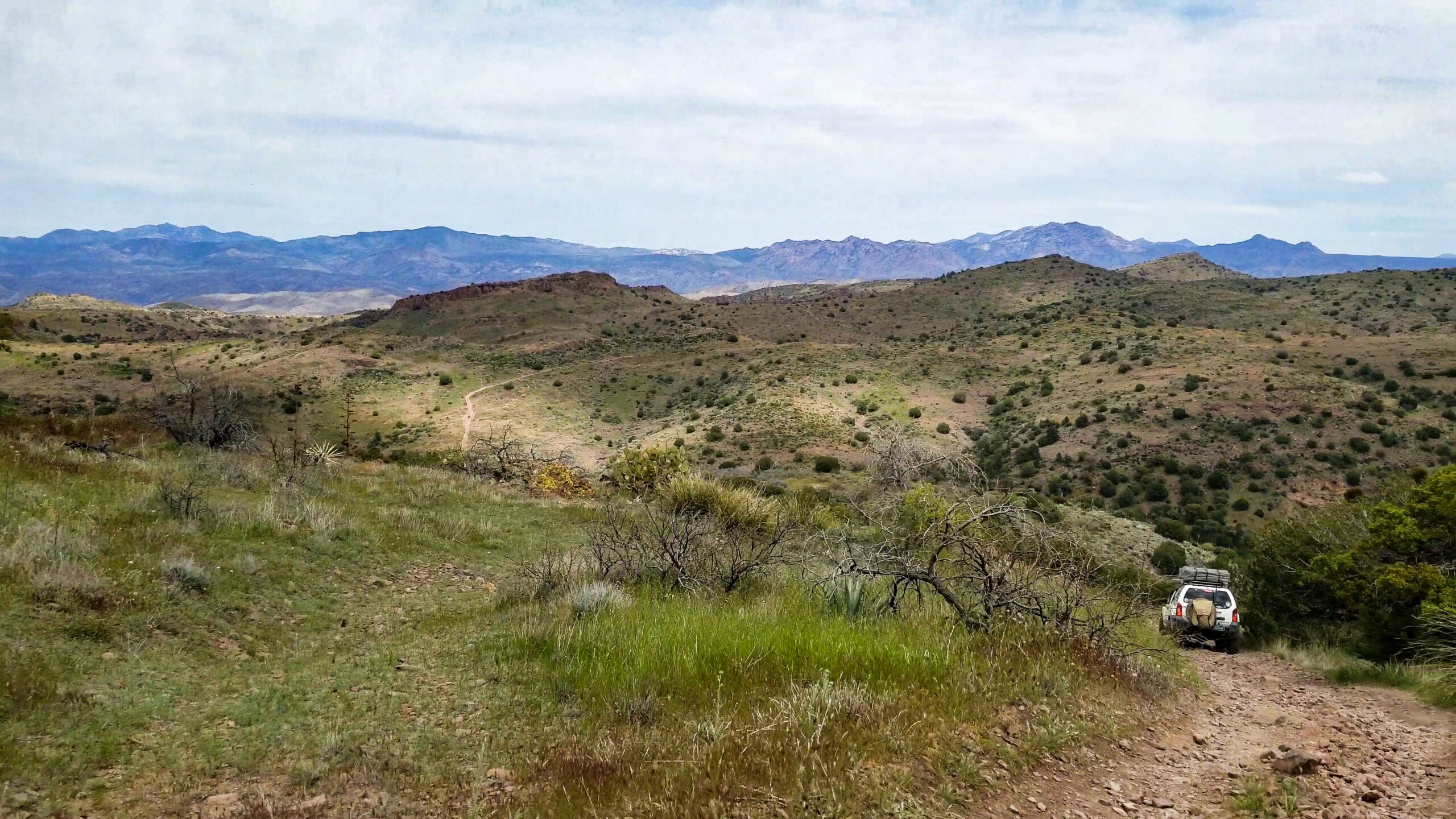Your cart is currently empty!
Posted in
UW researchers find wild horse overabundance harms sage grouse
Boomerang News
Staff
When wild horse populations are allowed to grow beyond numbers set by the Bureau of Land Management, sage grouse numbers suffer, according to newly published research led by University of Wyoming scientists.
After 15 years of study involving more than 1,000 sage grouse in central Wyoming, the researchers concluded that managing free-roaming horses at or below the Bureau of Land Management’s (BLM) maximum appropriate management levels within herd management areas would be highly beneficial to sage grouse populations, according to a news release.
“Over the last 20 years, free-roaming horse numbers have increased to more than three times the targeted goal across BLM lands, and this increase is one of the causes of sage grouse population declines,” UW Department of Ecosystem Science and Management Professor Jeff Beck, who led the research team, said in the release. “Our research found that increasing free-roaming horse numbers are harmful for sage grouse by adversely affecting multiple vital life stages. This is particularly important when considering the burgeoning number of free-roaming horses on public lands where sage grouse occur and the heightened conservation status of sage grouse populations, which are declining range-wide.”
The research is detailed in a paper published in the Journal of Wildlife Management. Other members of the research team are current and former UW scientists and graduate students Kurt Smith, Christopher Kirol, Caitlyn Wanner, Jacob Hennig and Derek Scasta. Scientists from the U.S. Geological Survey, the U.S. Fish and Wildlife Service, Oregon State University and the George Miksch Sutton Avian Research Center in Bartlesville, Oklahoma, also were involved.
Free-roaming horses on BLM and U.S. Forest Service lands in the West are protected under the Wild and Free-Roaming Horses and Burros Act of 1971. Management on BLM lands is based upon a maximum appropriate management level of 26,785 horses and burros combined. Local management occurs within 177 BLM herd management areas, each of which has an established maximum appropriate management level.
However, as of March 2023, BLM lands were occupied by nearly 83,000 free-roaming horses and burros, whose annual growth rates can average 20% per year. More than 80% of the BLM’s horse management areas have populations exceeding their appropriate management levels.
Grazing by free-roaming horses can reduce shrub density, vegetation cover and abundance of key forbs used by sage grouse, the researchers say. Horse grazing also adversely impacts riparian areas and reduces plant understory and the heights of perennial grasses, while promoting invasive plants, such as cheatgrass, which also negatively influence sage grouse across different life stages.
Continue reading here
Subscribe to RANGE magazine
Call 1-800-RANGE-4-U
The post Researchers reveal overpopulation of feral horses negatively impact sage grouse appeared first on RANGEfire!.
Tags:
You may also like…

Visit the AZBackroads.com Store

Please Become A Member
We need your help to keep our backroads open. Please join today!








